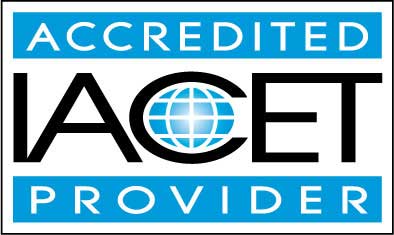Course Description
Crafting Short Stories: A Comprehensive Guide for Aspiring Authors
Short stories, encapsulating entire worlds within a few pages, have enchanted readers for generations. Whether you're an avid reader, a novice writer, or someone looking to expand their literary skills, delving into the world of short story writing can be both thrilling and challenging. This course is meticulously designed to guide budding writers like you through the intricate maze of crafting compelling short stories.
A staggering statistic highlights that more than 60% of aspiring writers abandon their short story aspirations because they can't differentiate between the structures of novels and short stories. Instead of creating impactful short tales, they often end up with condensed versions of longer narratives. Our course is tailored to help you avoid this common pitfall.
Lesson 1: The Differences between a Short Story and a Novel Dive into the nuanced contrasts between these two formats, from length and depth to character development and plot intricacies.
Lesson 2: Starting a Short Story Learn the art of initiation. The starting lines can set the mood, intrigue the reader, and set the foundation for everything that follows.
Lesson 3: Writing a Catchy First Paragraph The first paragraph often determines whether a reader continues or sets the story aside. Uncover techniques to craft a gripping introduction.
Lesson 4: Developing Characters Characters breathe life into your story. Learn to sculpt them with depth, relatability, and authenticity. Explore examples from literature giants like Ernest Hemingway to modern masters like Jhumpa Lahiri.
Lesson 5: Choosing a Point of View and Tense Discover the implications of choosing first-person, third-person, or omniscient viewpoints. Delve into past, present, and future tenses and how they shape narratives.
Lesson 6: Dialogue Conversations can reveal character traits, push the plot forward, and add authenticity. Master the rhythm, pacing, and nuances of crafting engaging dialogues.
Lesson 7: Setting, Context, and Plot From the bustling streets of New York to a quiet village in Tuscany, settings anchor your story in time and place. Understand the importance of backdrop, cultural context, and plot mechanics.
Lesson 8: Conflict and Tension Every gripping story thrives on conflict and tension. Dive into techniques to introduce and escalate tension, keeping readers hooked till the end.
Lesson 9: Building to a Climax The peak of your narrative arc, the climax is where tensions come to a head. Learn to construct a climax that resonates, surprises, and satisfies readers.
Lesson 10: The Resolution After the storm comes the calm. Understand how to wind down your story, offering resolution, reflection, or even a twist.
Lesson 11: Tips for Writing Your Short Stories From combating writer's block to refining your voice, gather essential tips to enhance your writing journey.
By course end, you'll be equipped not only with the theoretical understanding but also the practical skills to pen short stories that captivate, inspire, and resonate. So, if you're ready to transition from a reader to a creator, this course stands as your comprehensive guide. Join us, and let's create literary magic together.
- Completely Online
- Self-Paced
- 6 Months to Complete
- 24/7 Availability
- Start Anytime
- PC & Mac Compatible
- Android & iOS Friendly
- Accredited CEUs

Learning Outcomes
- Compare and contrast the differences between a short story and a novel.
- Demonstrate writing techniques that start a short story.
- Describe ways to write a catchy first paragraph.
- Summarize ways to develop characters.
- Describe how to choose a point of view and tense.
- Demonstrate how to properly write dialogue.
- Define setting, context, and plot.
- Identify conflict and tension.
- Build a climax.
- Demonstrate writing out the resolution.
- Demonstrate mastery of lesson content at levels of 70% or higher.
Assessment Guide
| Assessment | Points |
|---|---|
| An Introduction | 1 points |
| Lesson 1 Assignment: The Short Story | 20 points |
| Lesson 1: The Differences between a Short Story and a Novel | 8 points |
| Lesson 2 Assignment: Characters | 20 points |
| Lesson 2: Starting a Short Story | 8 points |
| Lesson 3 Assignment: Show, Don't Tell | 20 points |
| Lesson 3: Writing a Catchy First Paragraph | 8 points |
| Lesson 4: Developing Characters | 7 points |
| Lesson 5 Assignment: Simple Tense | 20 points |
| Lesson 5: Choosing a Point of View and Tense | 10 points |
| Lesson 6 Assignment: Writing Dialogue | 30 points |
| Lesson 6: Dialogue | 10 points |
| Lesson 7 Assignment: What's the plot? | 20 points |
| Lesson 7: Setting, Context, and Plot | 8 points |
| Lesson 8 Assignment: Conflicts | 20 points |
| Lesson 8: Conflict and Tension | 10 points |
| Lesson 9 Assignments: The Climax | 20 points |
| Lesson 9: Building to a Climax | 8 points |
| Lesson 10 Assignment: The Resolution | 20 points |
| Lesson 10: The Resolution | 8 points |
| Lesson 11 Assignment: Short Story Writing | 40 points |
| Lesson 11: Tips for Writing Your Short Stories | 10 points |




















